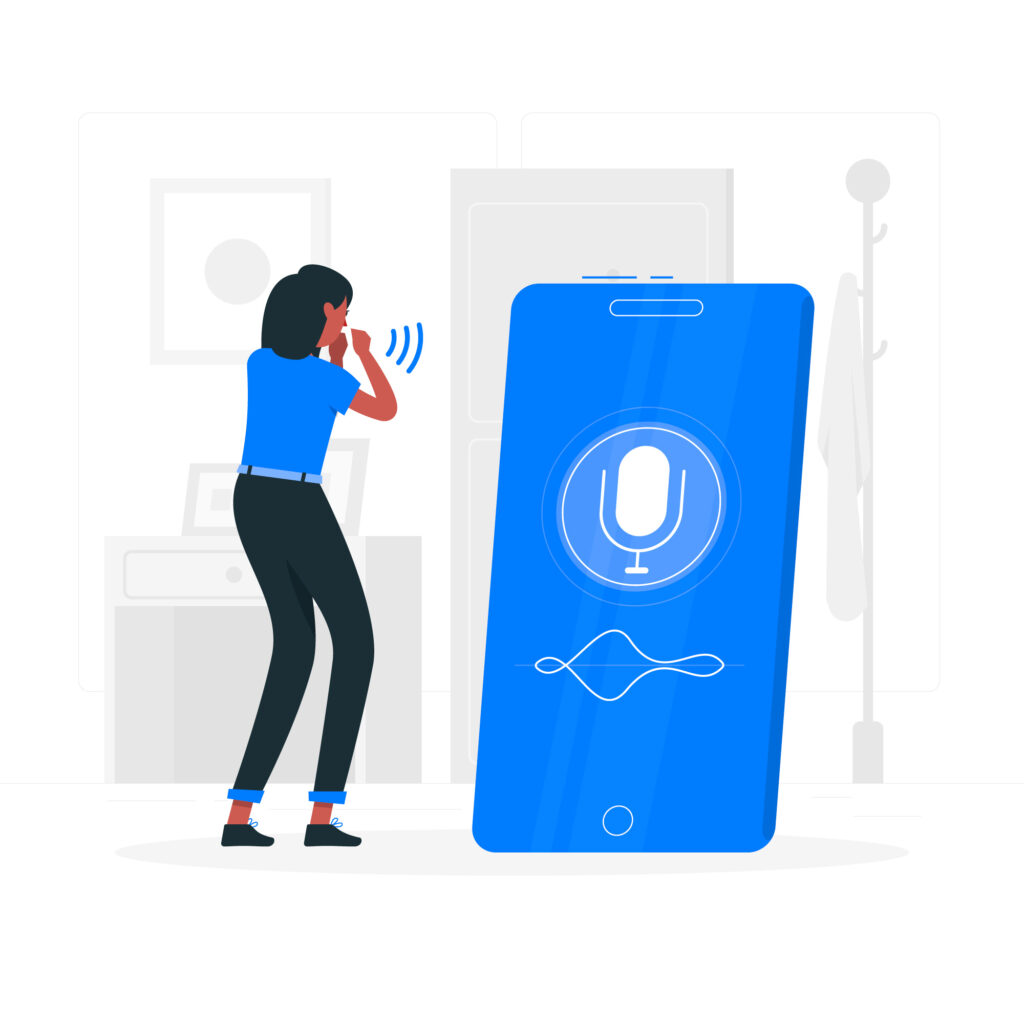
Voice recognition technologies are maturing and entering a new generation of IoT devices that promise to further revolutionize the connected home.
The first voice recognition systems, developed in the early 1950s, could only interpret numbers. It was not until several decades later, by 2018, that human voice recognition precision was refined, expanding into a variety of industries and connected devices.
In fact, the pandemic made it more necessary to rethink how users interact with devices, favoring contactless systems. Additionally, customer experience gains convenience by adding voice commands.
Estimates suggest that there will be 8 billion digital voice assistants in use by 2023, compared to 2.5 billion estimated by the end of 2018; a market expected to reach $31.82 billion by 2025.
Industries of all types are combining IoT capabilities with voice recognition technology to meet changing users´ demands, improve processes, and provide added value.
The connected home is one of the areas benefiting most from voice technologies. An interconnected smart home ecosystem allows for remote access and real-time monitoring of devices; however, voice-enabled control systems are taking smart home automation to the next level. Smart home hubs like Amazon Echo, Google Nest, and Samsung SmartThings allow users to use simple voice commands to manage connected devices – from lights to appliances, climate control, doors, showers, among many others – all from a single interface.
Voice assistants are becoming increasingly intelligent thanks to a combination of technological advancements: on one hand, the evolution of natural language processing enabling feeling analysis and understanding general context; on the other, improvements in artificial intelligence and machine learning driving personalized experiences, and finally, the increased ubiquity of voice-controlled IoT devices.
As device algorithms respond to requirements, they learn simultaneously. The more a person interacts with voice-enabled devices, the more trends and patterns the system identifies based on the information it receives. This data can then be used to determine user preferences and tastes, which is a long-term selling point for making a home smarter.
These voice-command devices are rapidly evolving, for example, to perceive more than just preferences and tastes. Google and Amazon are looking to integrate voice-enabled artificial intelligence capable of analyzing and responding to human emotions. While it is not yet clear what the full extent of this will look like, the basis of this project lies in devices being able to identify and adapt to a user’s motivations and concerns, very similar to the revolutionary interaction between the main character in the movie “Her” and OS1, an operating system designed to adapt and evolve like a human, conducting all communications via voice commands and soon transitioning from being just a voice assistant to a romantic interest of the main character..
The second generation of acoustic recognition systems for smart devices will be able to distinguish the context they hear. Eventually, IoT devices will trigger alarms when they hear the sound of a broken window glass or wake parents after hearing a baby or child crying at night, opening a huge market potential for new uses and applications. Therefore, the strategy of capturing new types of data combined with higher levels of machine learning will be key.
By Julio Cesar Blanco – April 3, 2023


